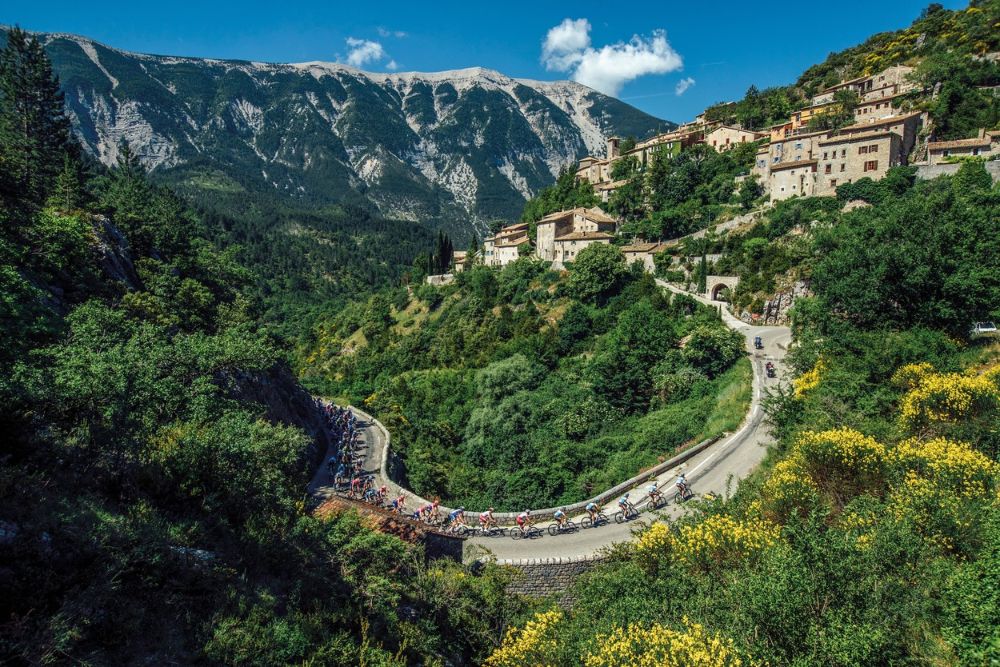But you can’t just jump on your bike at the foot of the Col de l’Izoard and make it to the summit on fitness and enthusiasm alone. Climbing up to an altitude of 1,909 m, over gradients of 9 and 10 per cent, as you will on the Ventoux, really is as difficult as it sounds. Preparation is everything. Not only do you have to be fit but you should have targeted fitness – that is, to be specifically prepared for the cruel climbs you will face. That begins with weight. Your weight.
Successful mountain climbing on a bike is largely a matter of power-to-weight ratio, which is the proper relationship between your power output, measured in watts and your weight in kg. How important is your weight in this formula? Let’s say you weigh 80 kg and you’re able to generate 240W of power. This makes your power-to-weight ratio 3. If you then lose 10 kg, your ratio climbs to 3.4. And if you improve your power output to 300W, the ratio is up to 4.3.

If you feel you should lose a few kilos, make sure to get enough nutrition while cutting out sugar and other extra calories to ensure that your new self has enough energy for the mountains. In training, it will be important to focus not only on climbing as many hills as are accessible to you but also on doing it in a systematic way by building up daily hill reps. Because the more hills you do, the better you’ll get at climbing them. If you don’t have hills of sufficient steepness in your area, use an indoor trainer.
Develop a steady climbing rhythm in training, one you can maintain for an entire climb. A cadence of 80 to 90 rpm (revolutions per minute) is recommended for a climb. If your pedal stroke slows as you hit higher gradients, use a lower gear and increase your cadence so that your climbing rhythm remains consistent without overly taxing your legs. Keep the rhythm you developed in training on the real climb itself.
But, depending on the climb(s) you choose, you may find yourself tackling a 15% slope. If you don’t have enough gears, you may not be able to keep up the 80-rpm cadence. So, in your training, don’t omit low-cadence drills such as 5-minute reps at 55 rpm. In addition, practice shallow climbs as well as steep ones and make sure to do interval training while sitting and standing on the bike. You want to feel capable of dealing with any situation you encounter on the slope.
On the climb, stay true to yourself. Don’t worry if you are being passed by teenagers or senior citizens. Know your limits and respect them. You win by reaching the summit and enjoying the trip.
There is no one key to becoming a good amateur climber. But it is important to be comfortable in the saddle and confident. You can do this.




